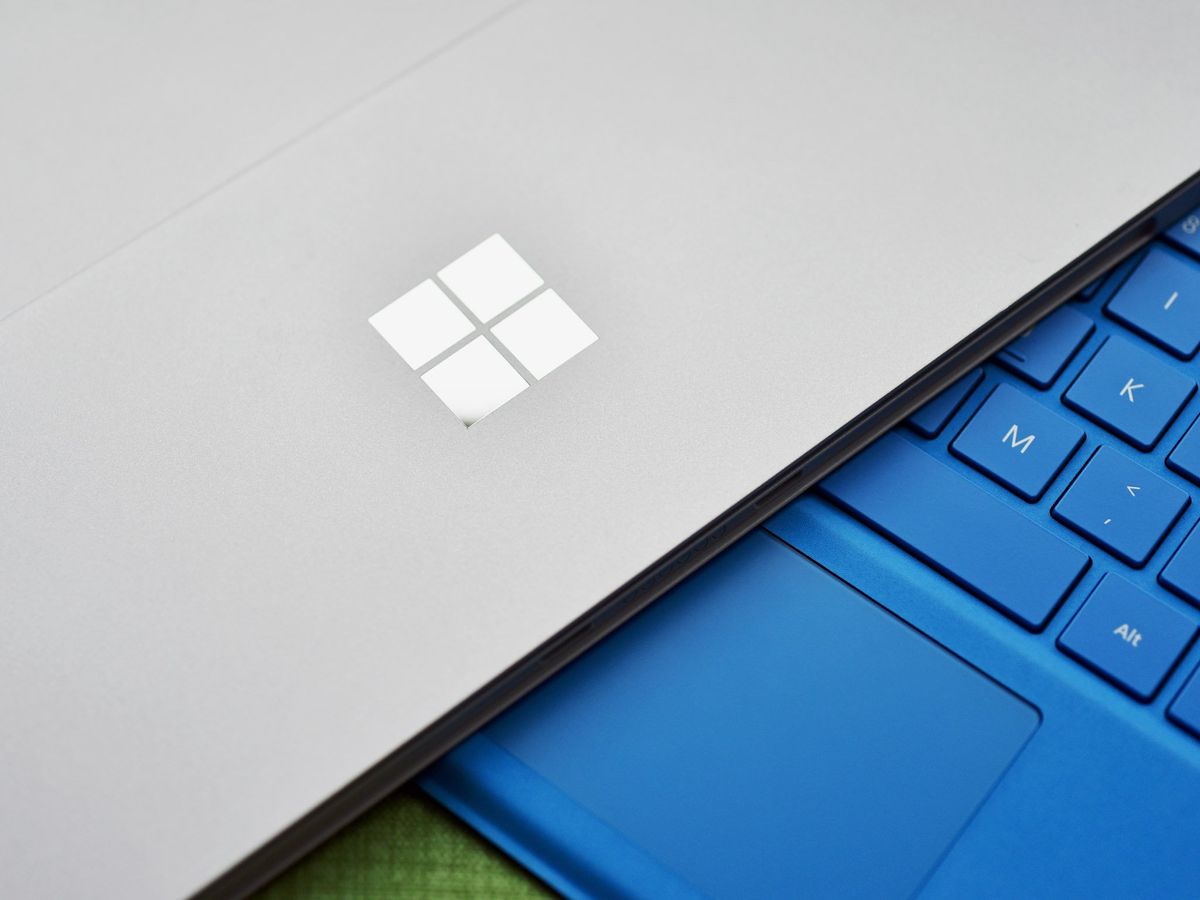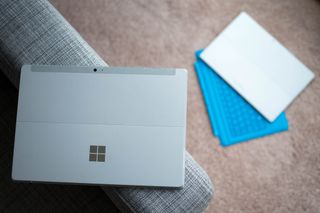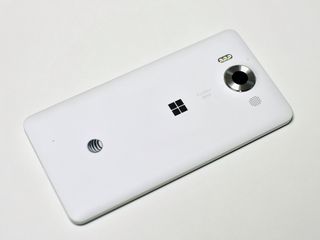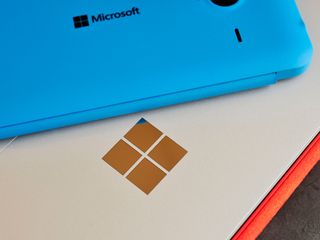Should the Surface Phone really run full Windows 10?
Should the Surface Phone run full Windows 10, or Windows 10 Mobile? We say Mobile, and this is why.

The Surface Phone, however mythical it may be, is a popular topic among Microsoft, Surface and Windows Phone fans. To many, it's Microsoft's next attempt at breaking into the smartphone market, while at the same time reinventing how we think about smartphones altogether. That's a lot to live up to, and with Microsoft bringing full Windows 10 to ARM-based processors, rumors of the company looking to put full Windows on the Surface Phone quickly began circulating.
I get the hype around a phone running full Windows 10. With CShell, full Windows 10 would look just like Windows 10 Mobile does when in phone mode, and it would scale up perfectly when in Continuum for an experience that's identical to that of a normal Windows 10 desktop. The win32 apps would only work in Continuum mode and would normally be hidden in phone mode. The experience makes sense on paper. But I don't think it's a good idea.

For starters, many would describe Windows 10 as a much heavier, and maybe even a less-secure OS compared to Windows 10 Mobile. What's more, I don't want win32 apps on my phone. Win32 apps are old, and on ARM processors it will be emulated, meaning performance will likely be a little worse (or maybe a lot worse) than if it ran natively. I truly believe Microsoft should stick with Windows 10 Mobile with its rumored Surface Phone. Here's why.
With CShell, it doesn't matter
CShell is coming to both full Windows 10 and Windows 10 Mobile, meaning you'll still get that very same desktop experience when in Continuum mode and that enhanced phone experience when in phone mode. For consumers, the only real difference between full Windows 10 and Windows 10 Mobile is that full Windows 10 is heavier and has Win32 support. Windows 10 Mobile is more streamlined and efficient for devices on the go. Not having Win32 on a Surface Phone is a good thing in my book.
The future of mobile doesn't rely on Win32, so it makes no sense to try to shoehorn it into a phone. Microsoft should take advantage of a Universal Windows Platform (UWP)-only SKU of Windows, and with Windows 10 Mobile it can do that. I've tossed around the idea before, but I think Microsoft should change the name of Windows 10 Mobile to something else, something that separates it from the "phone" reputation it has.
In fact, I think Microsoft should steer clear of the "phone" brand altogether, for hardware too. On the inside, it'll be a phone, but on the outside, Microsoft can and should market it a lightweight Surface device for use on the go. It could still make phone calls and have LTE connectivity. But don't call it a phone — call it Surface Pocket, or Surface Go, something to separate it from the iPhone or Samsung Galaxys.

The idea here is to sell it as a product that comes with Windows 10, not Windows 10 Mobile or full Windows 10. Just Windows 10. Microsoft should be clear that it's a lightweight version of Windows, for UWP apps only, and release it to the world. With CShell, Microsoft can do all kinds of crazy things with hardware, including make foldable phones, or it could stick with a more traditional phone form factor with accessories such as a Lap Dock or Desk Dock, similar to the HP Elite x3. (What Microsoft should do with the hardware is a whole other topic for another day.)
Get the Windows Central Newsletter
All the latest news, reviews, and guides for Windows and Xbox diehards.
My point here is nobody really wants Win32 on a phone. We're living in a mobile world, where apps themselves are slowly dying. I really think Microsoft should leverage what it already has with Windows 10 Mobile, give it a new lick of paint and deliver it to hardware makers as a lightweight edition of Windows. Maybe that way, developers will take UWP more seriously, and as a result, more apps will show up in the Store.
I wouldn't be surprised if, eventually, we see Windows 10 Mobile running on lightweight laptops thanks to CShell. Of course, at that point it wouldn't even be called Windows 10 Mobile, but the UWP only-ness of Windows 10 Mobile would still be there. Whether you want to call it IoT, Mobile, or something else entirely, the point is I think Microsoft should take advantage of a UWP-only Windows. Not today, but in the future, when the world is far more prepared for it. Hopefully, by then we'd be able to avoid another "Windows RT" scenario, because the majority of apps that people use will be available in the Windows Store.

Full Windows 10, or Windows 10 Mobile?
Now, I'm going to play devil's advocate for a minute, but only because I see why people want full Windows 10 on a phone. For starters, being able to run Win32 in a Continuum environment from your phone would be incredibly handy, especially for people who aren't necessarily all-in on the Windows ecosystem. That's the beauty of Windows: you can be entirely in Google's ecosystem but still run Windows. That would be less true of a Surface Phone powered by Windows 10 Mobile.
Apart from being able to run Win32 apps, I honestly don't see why full Windows 10 with CShell is a better option than Windows 10 Mobile with CShell on a phone-type device. It's important to stress that the idea here is that you wouldn't get a different experience if you went with Windows 10 Mobile instead of full Windows 10. The biggest thing you'd be missing out on are Win32 apps.
But maybe I'm just crazy, and Win32 should be part of Microsoft's mobile vision. What's your take?
